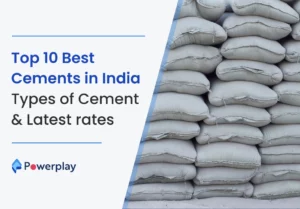How to Reduce Construction site waste?
-
Kumar Abhishek Anand
- October 12, 2023
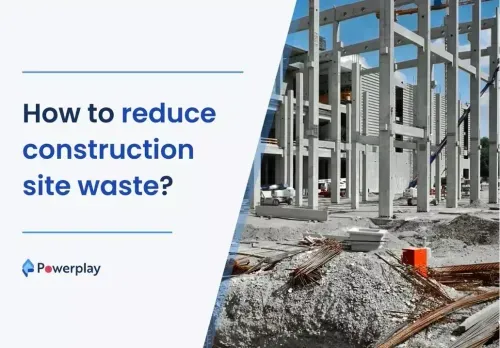
Reducing waste on construction sites by adopting efficient waste material management practices will be good for the environment and cost and time-efficient for the project owner. Being environmentally aware, responsible, and sustainable also improves a firm’s reputation in the construction industry to acquire more projects, as most clients nowadays demand environment-friendly construction procedures.
Developing or adopting an active waste management module sets up a solid framework that assists not only in considerably reducing construction site waste but also cost overruns due to excess orders.
In order to reduce construction waste material on project sites and adopt sustainable practices to reduce environmental impact, here are some tips:

Table of Contents
Toggle1. Waste Minimization at the Planning and Initiation Stage-
Waste material minimization methods must be incorporated at the beginning of the project during the planning stage itself, reducing source reduction, i.e., planning to eliminate waste even before it is generated. When the materials required during a construction project are estimated more accurately, more money is saved on the cost of materials and less waste material is generated on the project’s completion.

During the planning stage, efficient waste management techniques should be used, such as identifying the location from where waste generated is predicted to be the highest, areas where installation of recycling bins will be most effective, instances where recyclable ones can replace non-recyclable materials, the overall quantity of material that will be used and educating contractors and employees about suitable waste material segregating and disposal methods.
2. Vendors and Vending Methods-
To enhance sustainability through materials usage and waste management methods, the vendors should be selected based on their commitment to environmental protection, which supports construction waste management practices and can supply recyclable or recycled materials.
Along with responsible vendors, environmentally aware partners must also be chosen who can assist in the timely waste material treatment of the construction site waste during and after the project. The contractor and the supplier should promote supplies with minimal packaging, especially plastic and cardboard packaging because this excess packaging waste material must ultimately be disposed of.
3. Avoid Demolishing Adopt Deconstructing-
Deconstructing is a new reuse method or strategy adopted in place of demolishing to reduce waste and effectively salvage more materials for reuse or recycling.
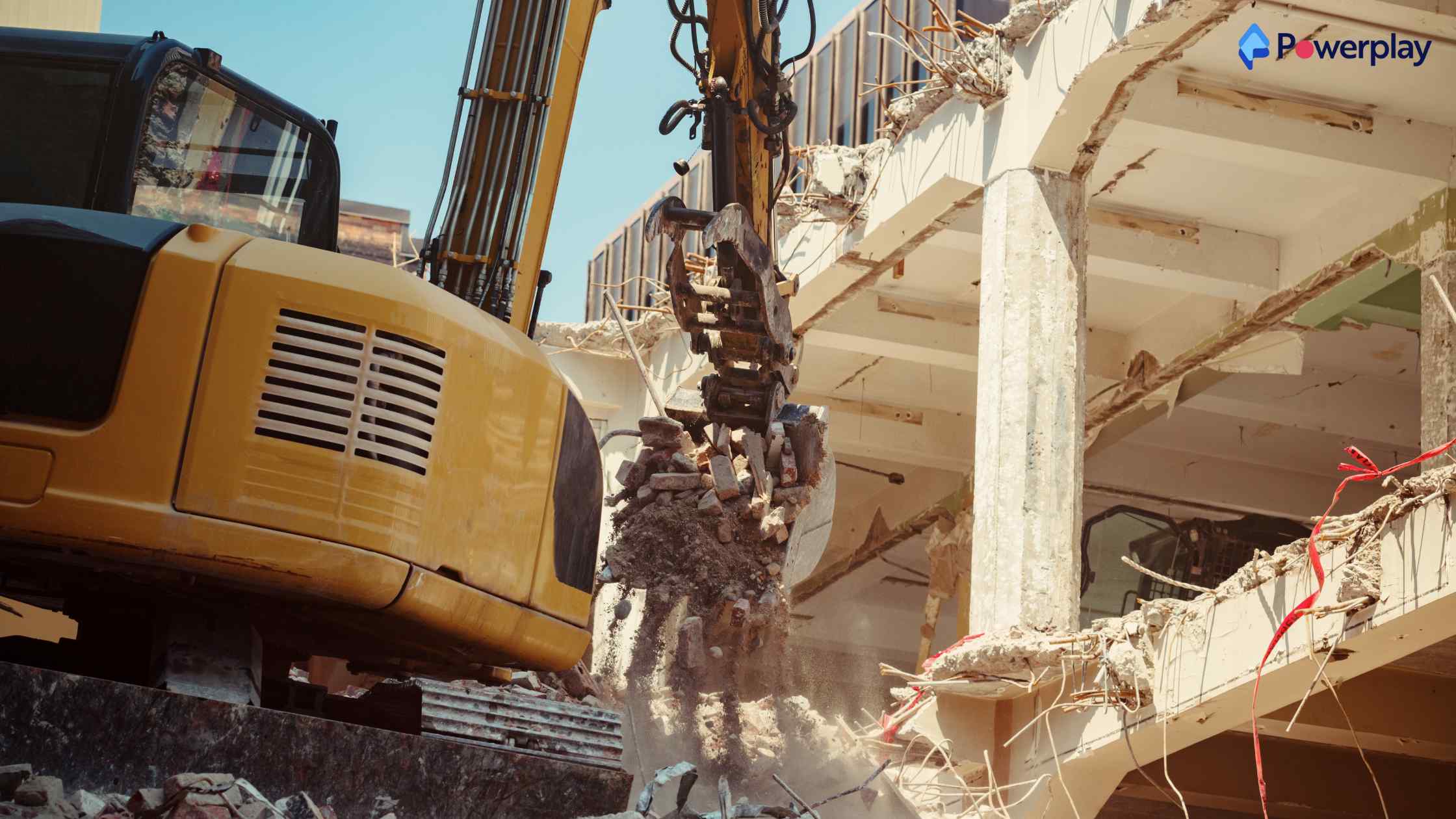
Deconstructing residue materials and construction debris is one of the practical ways that can be adopted to reduce the ecological impact by minimizing waste. Deconstructing a structure involves selectively disassembling the structure bit by bit to preserve materials for use and eliminate waste. The salvaged materials can be reused or transformed into valuable components that can be resold for future construction projects.
In some cases, the previous structure might be built into a new one without disassembling the entire structure, which can help achieve lesser waste generation. The deconstruction process is different from standard demolition because while demolishing, speed is of the essence, and the goal is to ultimately dispose of the structural components instead of salvaging them, as is the case in deconstructing.
Adopting deconstruction over demolition helps the environment and aids public health and safety by reducing pollutants resulting from demolition processes and a sincere profit margin that can be salvaged off the acquired components and materials. When working on a construction project, designers should focus on constructing a structure in such a way so that in the future, it can be deconstructed easily to extract reusable material as much as possible.
4. Proper Identification of Materials-
One of the most important steps in managing waste on a construction site is identifying materials as per their usage and their methods of disposing of. Materials can be identified based on them being recyclable or reusable and the methods that can be used in recycling them. While procuring materials, focus can be given to eco-friendly materials that include numerous recyclable properties and reuse potential, subsequently generating lesser construction site waste.
Some materials that have a high chance of being recycled or reused can be concrete, wood, metal, plastic, glass, drywall, asphalt components, etc. Concrete can be considered a highly generated construction site waste, far more than metal, wood, asphalt, gypsum, and drywall combined.
5. Proper Placement of Waste Receptacles-
Waste receptacles, i.e., dustbins or containers for disposing of waste, should be placed at locations so that it is convenient for employees to dispose of waste without any issues.
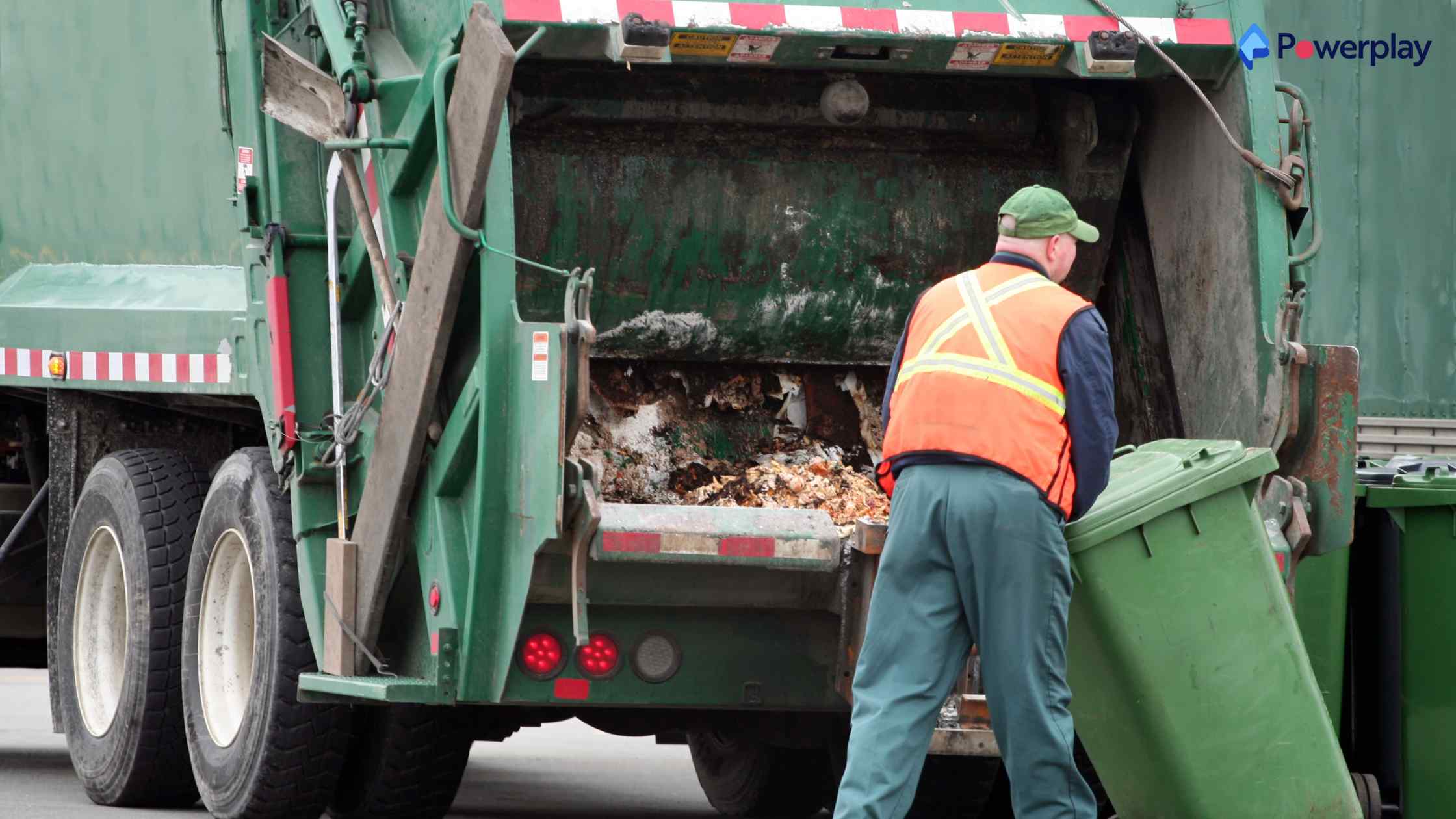
There must be receptacles for all types of waste being generated, such as wood, metal, concrete, etc., and these must be placed in several locations around the construction site to avail disposal of opportunities to everybody on site. After the appropriate number of receptacles are installed in important locations, contractors and employees must be made aware of these containers and encouraged to use them. Regular disposal services should also be scheduled to avoid waste in these receptacles.
6. Reuse Scraps-
Many a time, new material supplies are used when scraps from the previous materials are still available that can be used to perform certain tasks. Reusing material scraps and salvaging scraps generated is a good way to manage construction site waste.
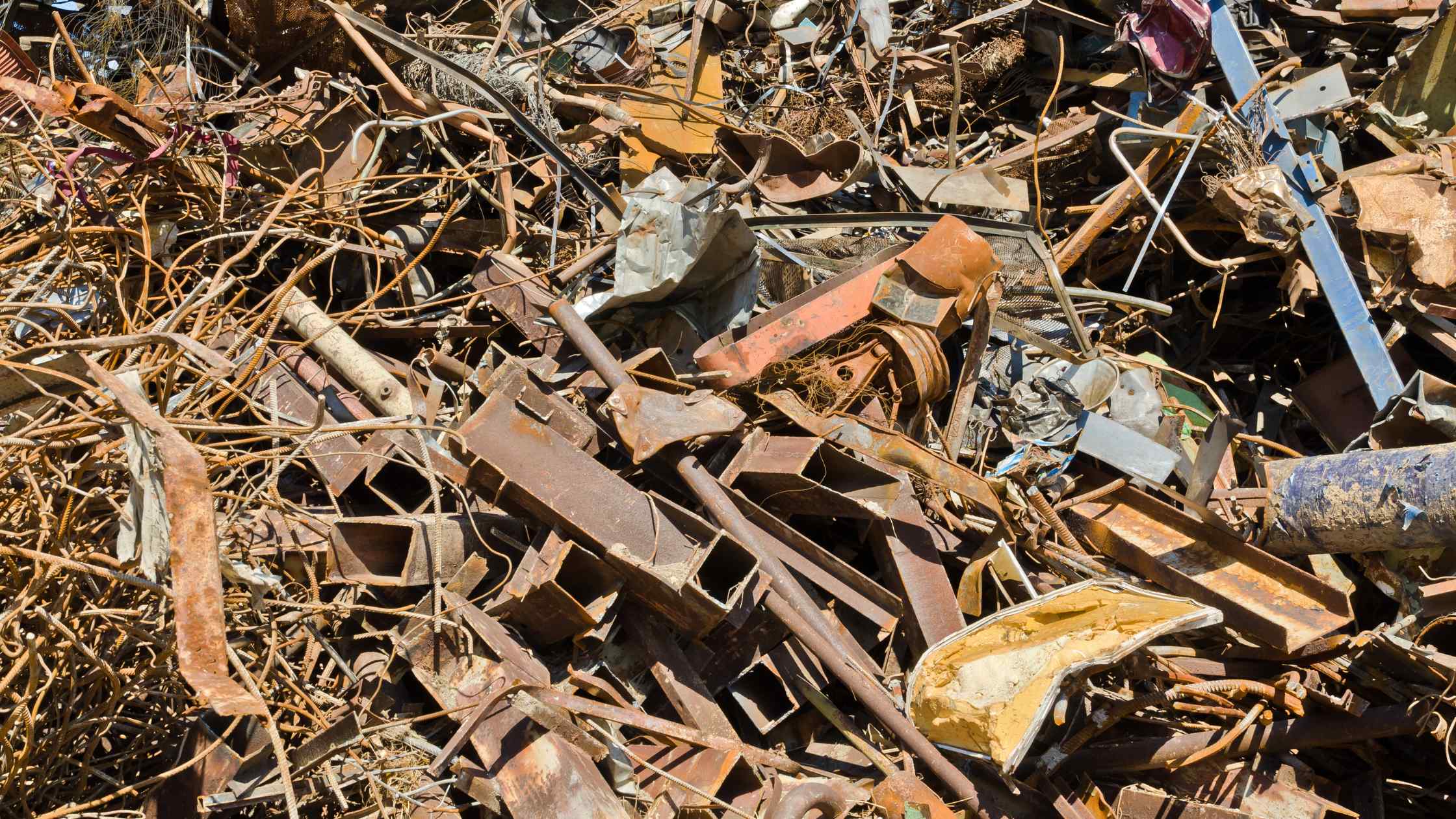
Vendors’ policies must be learned in advance to know the provisions for returning excess materials to them.
Subcontractors can be directed to collect and save scraps at the cutting and fabricating units. Also, being updated about the materials that can be reused instead of using new materials.
7. Recovered or Reclaimed Materials Percentage-
A minimum percentage in procuring material quantity should be set for using recovered or reclaimed or recyclable materials that can reduce the environmental impact and cut costs on materials purchase. Even the Environmental Protection Agency(EPA) has set a minimum amount of reclaimed or recycled materials that must be purchased for certain specific types.
8. Hazardous Construction Waste Management-
Hazardous wastes generated on construction sites are very difficult to dispose of in the environment and thus are a top priority for construction companies in the construction waste that needs to be treated safely. Hazardous waste can impact the environment tremendously if not disposed of appropriately.
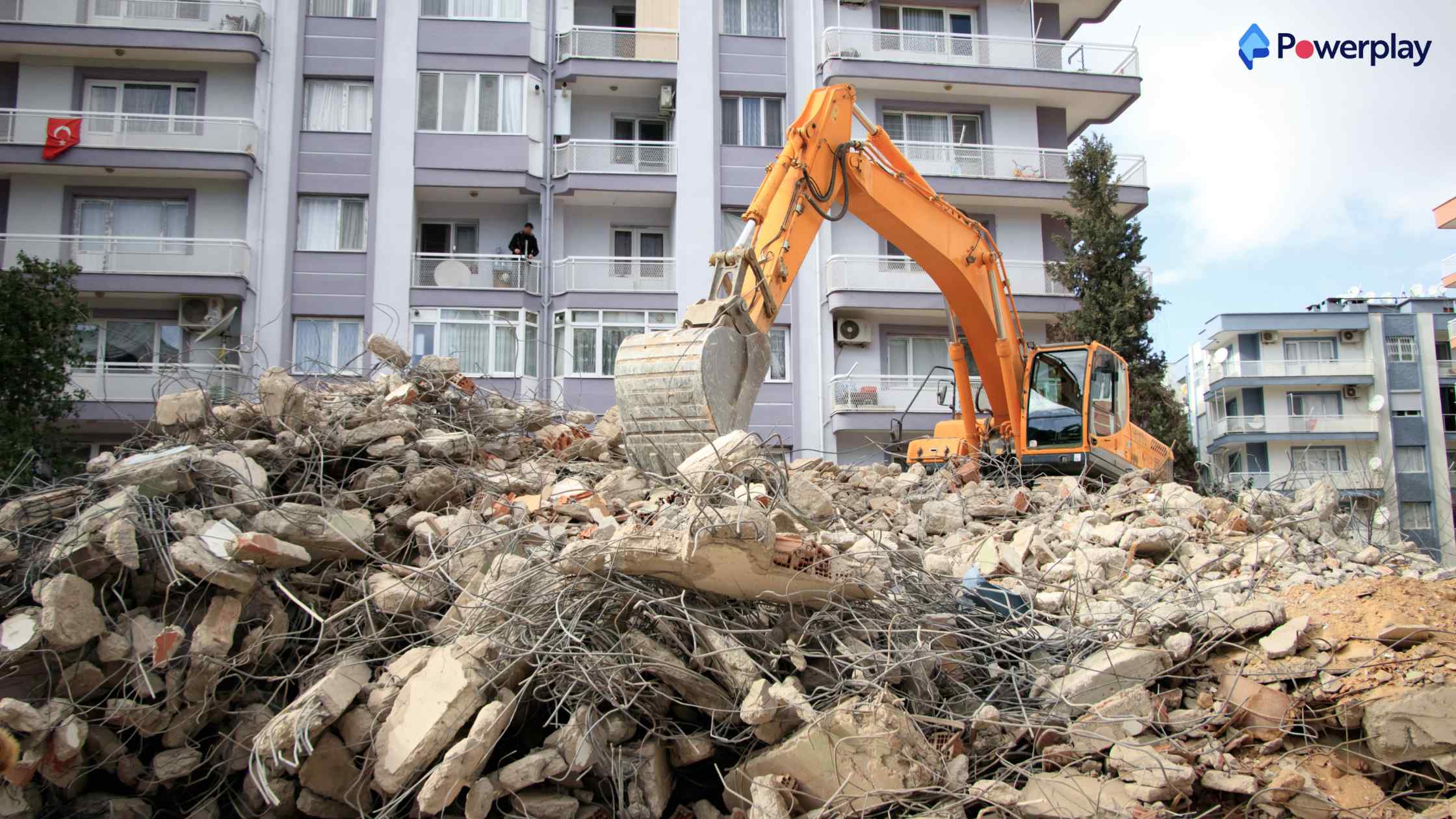
Hazardous waste on construction sites should be identified early as possible, after which they need to be removed while taking precautions and safety measures. Suppose the construction sites cannot treat or dispose of hazardous waste. In that case, a partnership can be made with a reputed waste management firm to handle the waste, ensuring safety and compliance.
Managing Construction Site Waste can be an uphill task for any project manager or contractor. So to streamline and make the construction waste management process more efficient on a construction site, several project management tools specially designed for handling this kind of complicated management process can be used.
Mobile-based applications are beneficial, given their ease of access from any remote location. Track, monitor, and manage your construction materials with Powerplay, a one-stop cloud-based solution for all your construction management needs. Our customers are saving up to 7% on their overall project cost.
So, what are you waiting for? Download app now
Power Up Your Construction with Powerplay today!!
Request a Demo to learn more.
Share
Kumar is a digital content professional with more than 2 years of experience in Blog writing, copywriting and scripting. His passion lies in the art of creating convincing content that plays a major role in converting leads for SAAS businesses.

